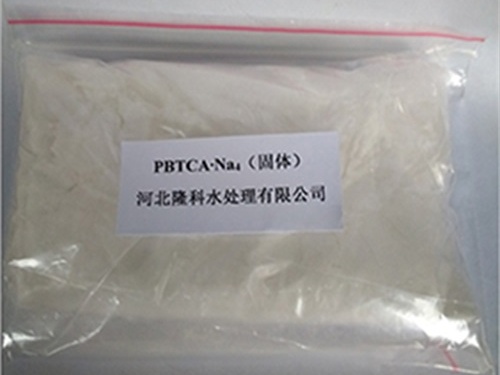poly aluminium chloride for drinking water
Poly Aluminium Chloride for Drinking Water
Poly Aluminium Chloride (PAC) is a widely used coagulant in water treatment processes, particularly for drinking water purification. Its effectiveness in removing impurities and enhancing water quality makes it a significant chemical in ensuring safe drinking water for communities. This article explores the properties, applications, and benefits of using PAC in drinking water treatment.
What is Poly Aluminium Chloride?
Poly Aluminium Chloride is a polymeric aluminum compound that appears as a yellowish-white powder or solution. It is produced through the reaction of aluminum hydroxide with hydrochloric acid, followed by polymerization. PAC is favored for its rapid solubility, high charge density, and superior coagulation capabilities compared to traditional coagulants like aluminum sulfate.
Mechanism of Action
The coagulation process involves the destabilization of colloidal particles in the water. When PAC is added, it forms a series of aluminum hydroxide complexes. These complexes neutralize the negative charges on colloidal particles, allowing them to agglomerate into larger flocs that can be easily removed through sedimentation or filtration. This process is crucial in treating water that contains suspended solids, organic matter, and various contaminants.
Benefits of Using PAC in Drinking Water Treatment
1. Enhanced Removal Efficiency PAC is known for its superior coagulating properties. It effectively removes a wide range of impurities, including suspended solids, bacteria, and organic matter. Studies have shown that PAC can achieve higher turbidity removal rates compared to traditional coagulants, leading to clearer and cleaner drinking water.
2. Lower Dosage Requirements Due to its high charge density and efficiency, PAC typically requires lower dosage levels than aluminum sulfate. This results in reduced chemical costs and minimizes the production of sludge, which is an important consideration in water treatment operations.
poly aluminium chloride for drinking water

3. Broader pH Range PAC is effective across a wider pH range (from 4.5 to 8.5), making it suitable for various water sources. This versatility allows water treatment facilities to maintain optimal coagulation conditions, regardless of fluctuations in raw water quality.
4. Reduced Aluminum Residuals One significant advantage of PAC over aluminum sulfate is the reduced residual aluminum that remains in treated water. Lower residual levels are crucial in ensuring compliance with drinking water standards and minimizing potential health risks associated with aluminum exposure.
5. Improved Floc Characteristics The flocs produced by PAC are typically denser and more compact than those produced by traditional coagulants. This results in more effective sedimentation and easier filtration, enhancing the overall efficiency of the water treatment process.
Applications in Water Treatment
PAC is used in various water treatment applications, including municipal drinking water systems, industrial water treatment, and wastewater treatment. In municipal systems, it plays a vital role in providing safe drinking water that meets regulatory standards. In industrial settings, PAC is used to treat process water, ensuring that effluents remain compliant with environmental regulations.
The application of PAC is not limited to conventional potable water treatment. It is also effective in treating surface water, groundwater, and even seawater, making it a versatile solution for various water quality challenges faced in different regions.
Conclusion
Poly Aluminium Chloride is a powerful coagulant that plays a significant role in the production of safe drinking water. Its advantages in efficiency, cost-effectiveness, and compliance with health standards make it a preferred choice for water treatment facilities worldwide. As water quality standards continue to evolve, the demand for effective treatment solutions like PAC will undoubtedly increase, ensuring that communities have access to clean and safe drinking water.
-
Water Treatment with Flocculant Water TreatmentNewsJun.12,2025
-
Polymaleic AnhydrideNewsJun.12,2025
-
Polyaspartic AcidNewsJun.12,2025
-
Enhance Industrial Processes with IsothiazolinonesNewsJun.12,2025
-
Enhance Industrial Processes with PBTCA SolutionsNewsJun.12,2025
-
Dodecyldimethylbenzylammonium Chloride SolutionsNewsJun.12,2025





